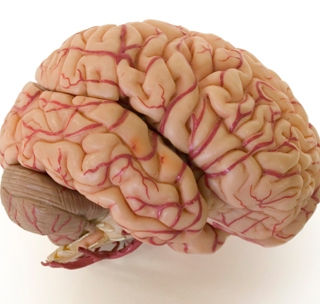How brain perpetuates chronic pain revealed
 Washington, Jan. 26 : Researchers have pinpointed two molecules involved in perpetuating chronic pain in mice.
Washington, Jan. 26 : Researchers have pinpointed two molecules involved in perpetuating chronic pain in mice.
Researchers at The Johns Hopkins University and the University of Maryland said the molecules also appear to have a role in the phenomenon that causes uninjured areas of the body to be more sensitive to pain when an area nearby has been hurt.
"With the identification of these molecules, we have some additional targets that we can try to block to decrease chronic pain," Xinzhong Dong , Ph. D., associate professor of neuroscience at the Johns Hopkins University School of Medicine, said. "We found that persistent pain doesn't always originate in the brain, as some had believed, which is important information for designing less addictive drugs to fight it."
In the new research, the scientists focused on a system of pain-sensing nerves within the faces of mice, known collectively as the trigeminal nerve, which is a large bundle of tens of thousands of nerve cells.
Dong said chronic pain seems to cause serotonin to be released by the brain into the spinal cord. There, it acts on the trigeminal nerve at large, making protein TRPV1 hyperactive throughout its branches, even causing some non-pain-sensing nerve cells to start responding to pain.
The researcher said hyperactive TRPV1 causes the nerves to fire more frequently, sending additional pain signals to the brain .
The study was published in the journal Neuron. (ANI)